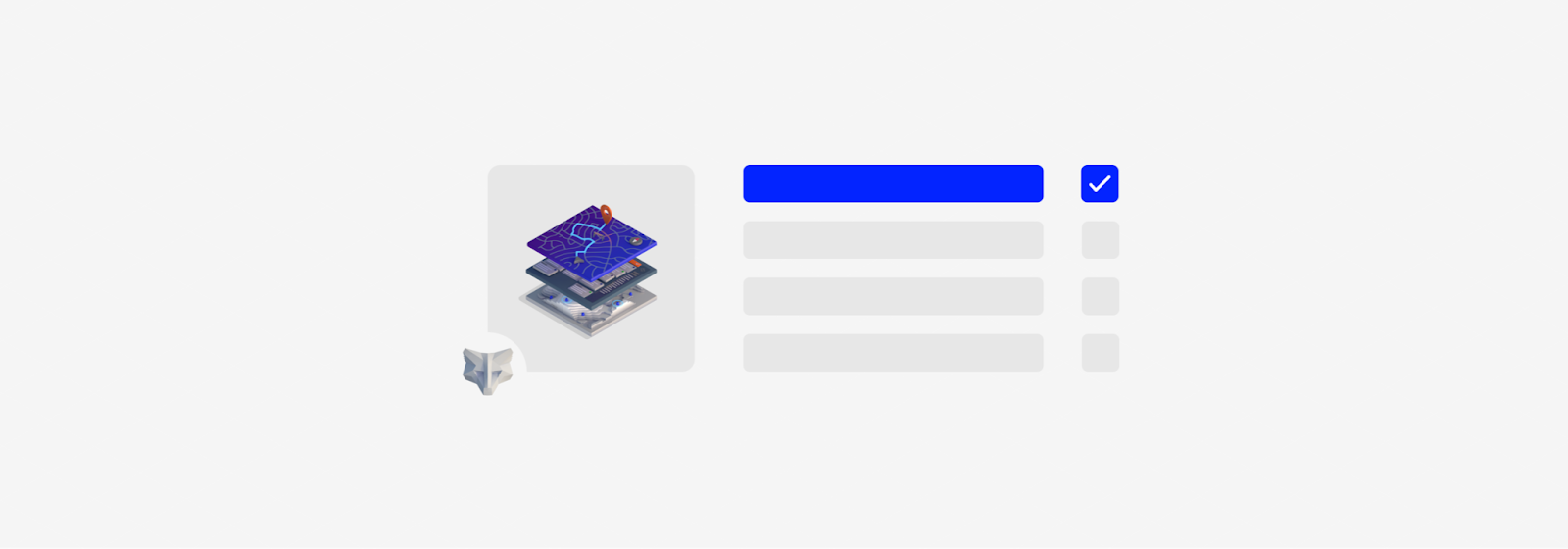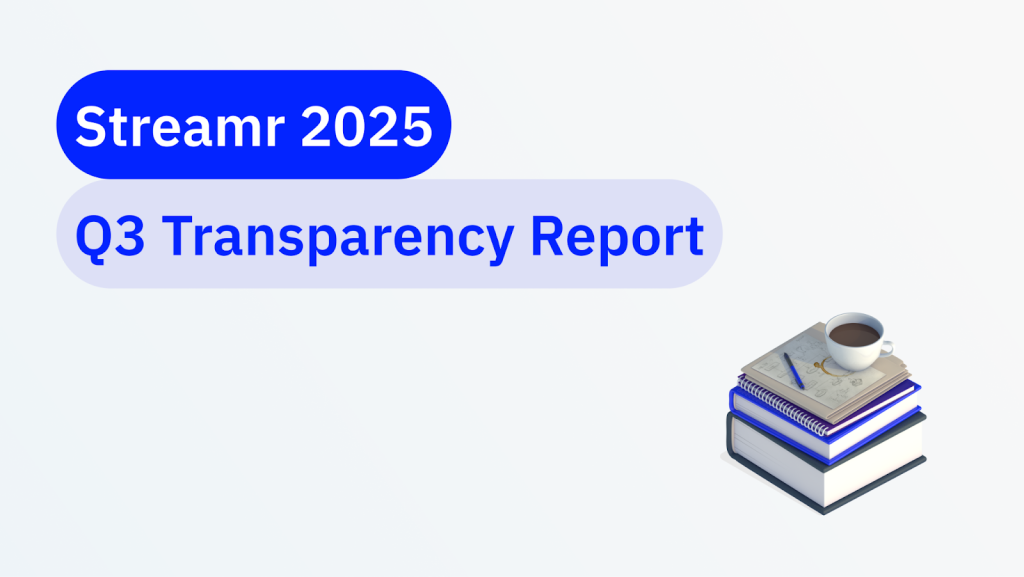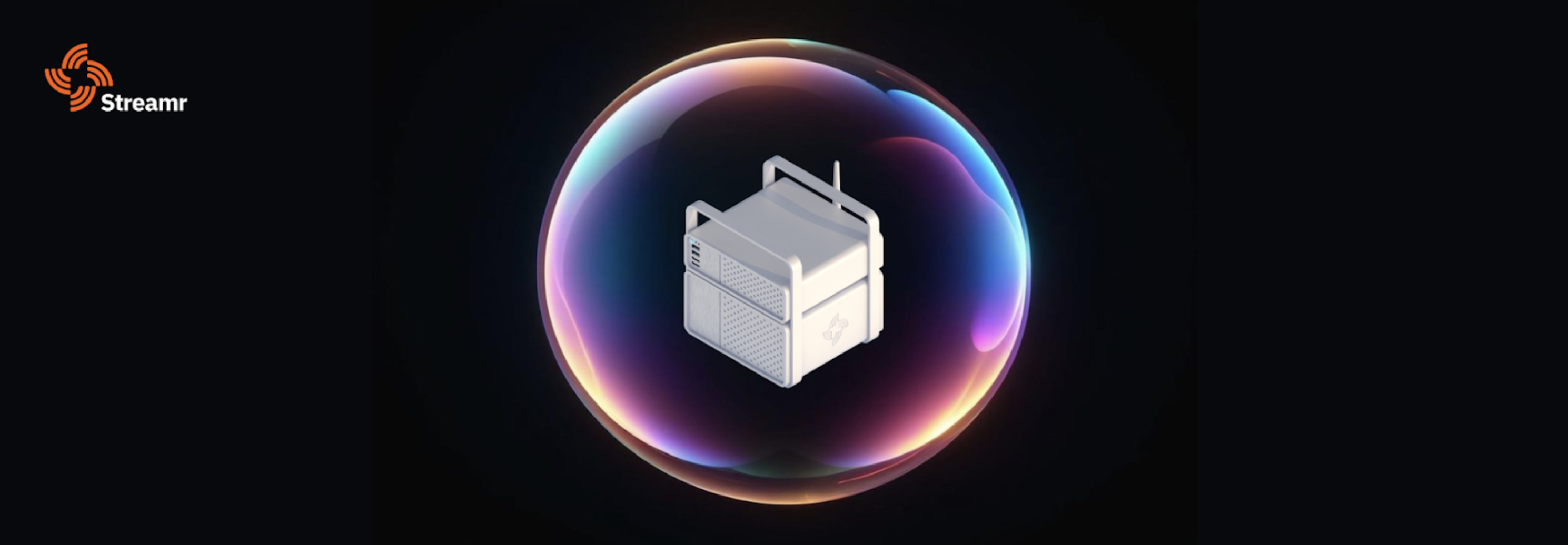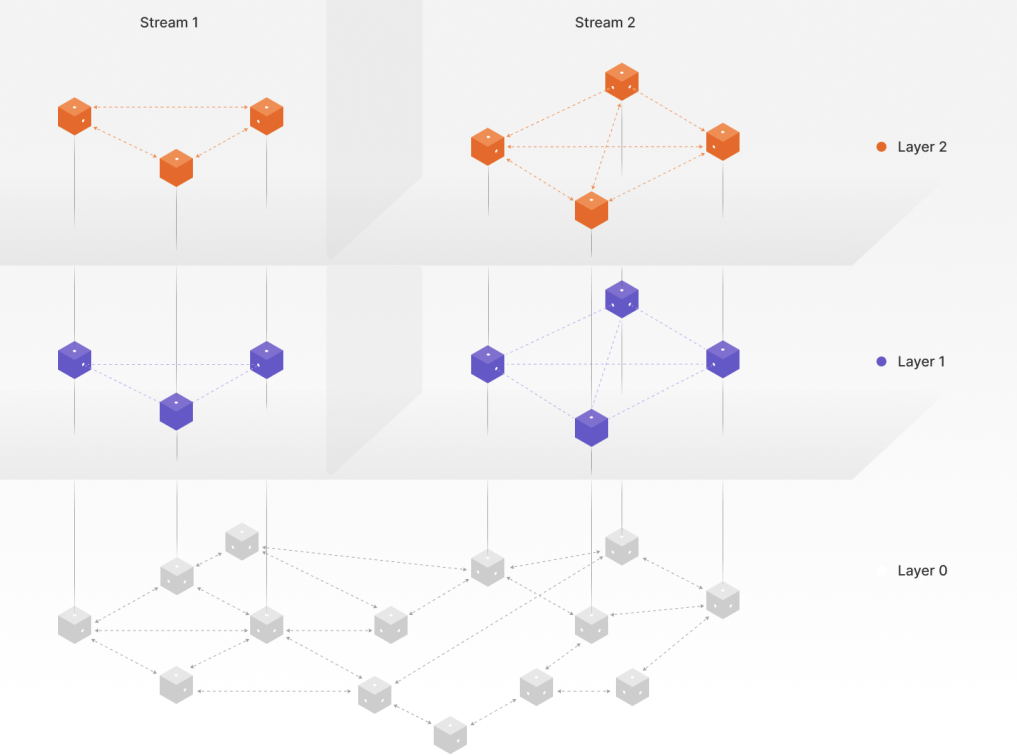Last week, we published a Streamr Improvement Proposal (SIP) about launching the Data Union DAO and UNION token. In this blog, we’ll introduce three other SIPs that will be part of this quarterly round of Streamr governance voting. All four proposals will be open for voting from May 17th until May 24th on the voting tool Snapshot.
SIP-4 and SIP-5 are quite straightforward, so I’ll start with those. SIP-6 is the trickiest one out of these three – it has an interesting risk/reward profile which will surely divide opinions. That’s why this post goes into a bit more depth with that one. I’m also looking forward to discussing all proposals further in the live AMA session, this Friday May 14th.
Let’s jump in!
Table of Contents
SIP-4: Enable community proposals on Snapshot
For the first two rounds of Streamr governance voting, only the Streamr team has been able to submit governance proposals. This was a temporary limitation to first get some hands-on experience with how the Snapshot tool works, and to learn what participation level can roughly be expected from the community of token holders. However, we believe that for governance to be truly decentralized, any stakeholder in the ecosystem should be able to submit proposals.
SIP-4 proposes that community members are given the option to submit governance proposals by unlocking the Community tab in Snapshot. This will change the Snapshot interface to display two tabs: Core and Community. The Core tab shows proposals submitted by the Streamr team in the quarterly governance rounds, while the Community tab shows proposals submitted by other token holders.
Successful community proposals would go through two rounds of voting as follows:
- The DATA holder adds their proposal to Snapshot. It will appear on the Community tab, and other token holders can vote on it while the proposal is open. Community proposals can be submitted at any time (not only during the quarterly Core voting periods).
- If the majority of token-weighted votes cast on the proposal support it, AND it is supported by at least 30M DATA, it will be upgraded to a Core proposal in the next quarterly round of governance voting. Any unclarity in the proposal can be ironed out, with the Streamr team, before the Core round. As a Core proposal, it will also get full promotion on Streamr social media channels to maximise participation.
To prevent proposal spam, submitting proposals should require the person to have a minimum amount of DATA in their wallet. A low threshold is more inclusive and thus preferred, but a higher threshold could help ensure that only serious, quality proposals are submitted.
This proposal recommends that the threshold for submitting community proposals is set to 25,000 DATA. The minimum balance, as well as the 30M DATA acceptance parameter, can be later changed by other governance proposals, if they turn out to be too high or low.
SIP-5: Create a pool of mining rewards for Brubeck testnets
As part of rolling out the Brubeck milestone for the Streamr Network, we will organise a series of public testnets. People can participate by downloading a special testnet release of the Streamr Broker node software and running it for the lifespan of the testnet.
There will be at least two testnet rounds: the first testnet will have a lifespan of 3 days, while the final testnet will run for 14 days. Additional testnet iterations may be added to the schedule, depending on whether any problems arise in the first testnets.
This proposal is about creating a pool of tokens to be mined by the testnet participants. In other words, people who successfully run a Broker node and have sufficient uptime in the testnets will earn DATA token rewards.
Furthermore, it is proposed that the rewards will be based on a bonding curve, so that more nodes in the testnets means more rewards earned by each node. This incentivises existing participants to tell their friends about it and help them participate too.
- The proposal is to mint a maximum of 2M DATA for the Brubeck testnet mining rewards pool (0.1% of the maximum supply, and a 0.2% increase to the circulating supply)
- Unutilised tokens (tokens that are not earned via mining the testnets) will never even get minted, leading to the supply increase being less than 2M DATA.
SIP-6: Raise a long-term fund for Streamr
Every now and then crypto VCs approach the Streamr team and want to buy tokens directly from the project. However, there is no supply for additional fundraising, and neither the company nor individual team members want to sell their tokens. So we have to turn such parties away empty-handed.
However, it could be very beneficial to the project to have such parties onboard, especially if it enables access to long-term funding for the project. One idea here could be to create a supply of tokens earmarked for raising a long-term fund to support growth and success of the project beyond the ICO roadmap, i.e. from ~2023 to infinity!
Currently, the project still has around $10M left from the crowdfunding. As planned, this will be sufficient to reach the last milestone of the whitepaper roadmap. While there’s still plenty of funding left, now is a great time for the token holders to plan for the long-term sustainability of the project and invest in it.
Many projects divert some small share of revenue from their token economics to a long-term maintenance fund. This works, and is possible in the Streamr token economics too. However, for most projects the stream of funding attainable in this way is very small, especially in the beginning when the project is early on its adoption curve.
Imagine instead that the token holders would create a supply to be invested in yield-earning assets. For instance, if $20M is raised and locked as stablecoins into DeFi to earn roughly 10% APY, the project earns a stable $2M in yearly interest. Once the initial roadmap is built, the yield alone can be enough to cover the further development of the project, ad infinitum.
Here are some detailed specs showing what the fundraising could look like:
- Authorise the minting of up to 100M DATA for this purpose (5% of max supply, 10% increase to current supply) over the years 2021-2022
- Spread the fundraising over time (2021-2022)
- Accept reputable crypto VCs and high net-worth individuals. Full KYC/AML for everyone
- Tokens are sold at a maximum discount of -20% from the market price at the time of agreement
- In exchange for the discount, tokens are subject to a 12-24 month lockup
- Only sold tokens get minted; no supply increase unless there are deals
- Mandate Streamr Network AG to negotiate, make the deals, and park the funds into top reputable DeFi platforms
- Use of the funds raised would be subject to Streamr governance
- Spending the generated yields or the capital itself would always need the community’s approval.
The case against the proposal
Minting more tokens inflates the token supply, and could reduce the price of the token – unless the purpose of minting is perceived to have a net positive effect on the project.
Investing the funds in DeFi is more risky than keeping them in a bank account. Vulnerabilities in the DeFi platforms used could lead to losing the capital.
The case for the proposal
For most decentralized networks it takes years to grow the adoption and the size of the network, and this is likely to be the case also for the Streamr Network. By raising a long-term fund, the project’s viability would be secured beyond 2023. Moreover, VCs bring great exposure for crypto projects and add a badge of approval to a project’s vision.
In the traditional startup world, it’s commonplace to raise more than one round of capital to make a project’s vision fully come true. Equally, in the crypto space there have been a number of projects that raised funds beyond the initial ICO (e.g. Polkadot has done two rounds of token sales, and Dapper Labs raised traditional VC money besides its Flow ICO).
The key question is this: Is it net positive to inflate the supply by a maximum of 10% to fund the project until infinity?
I look forward to discussing all proposals further in the live AMA session, taking place this Friday the 14th of May at 13:00 UTC. In the meantime, if you have any questions or comments about any of the proposals, feel free to drop them in the #governance channel of the Streamr Discord server, where you can talk directly with members of the team.











